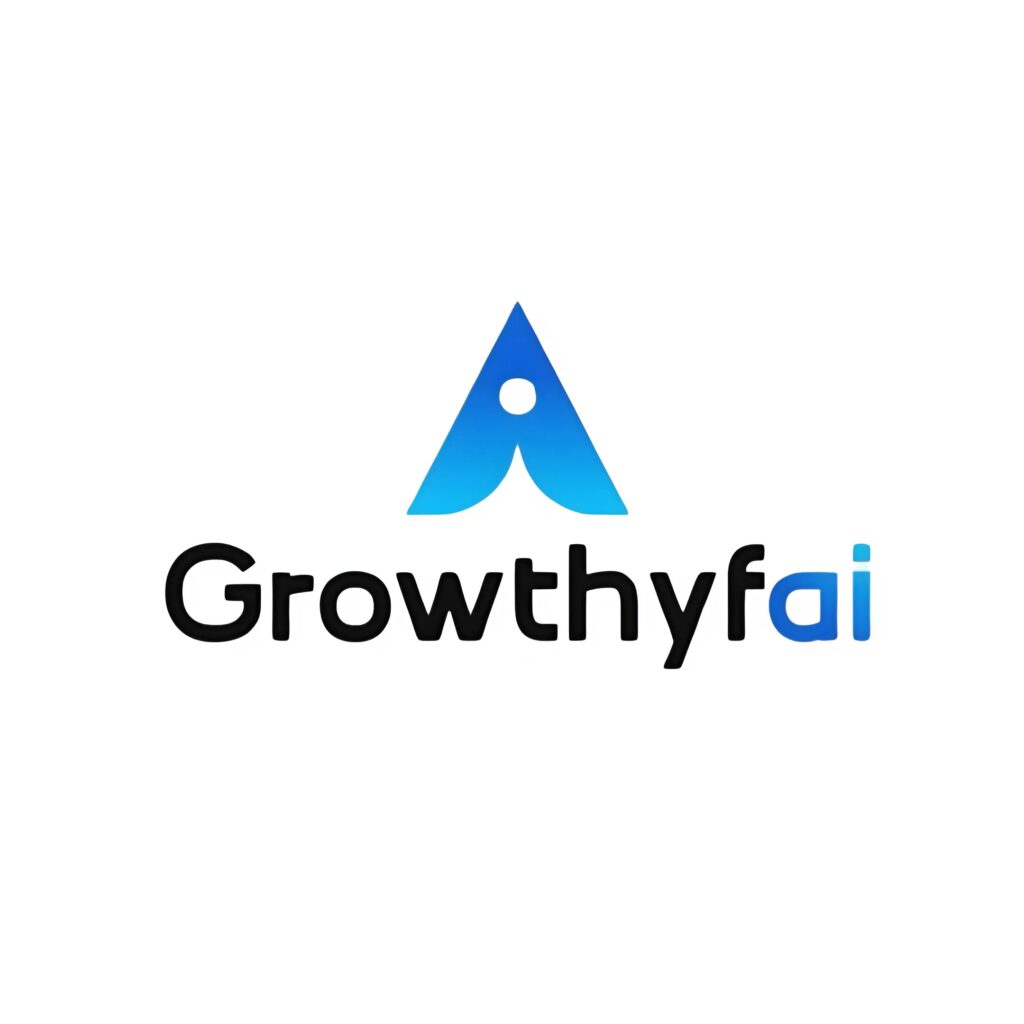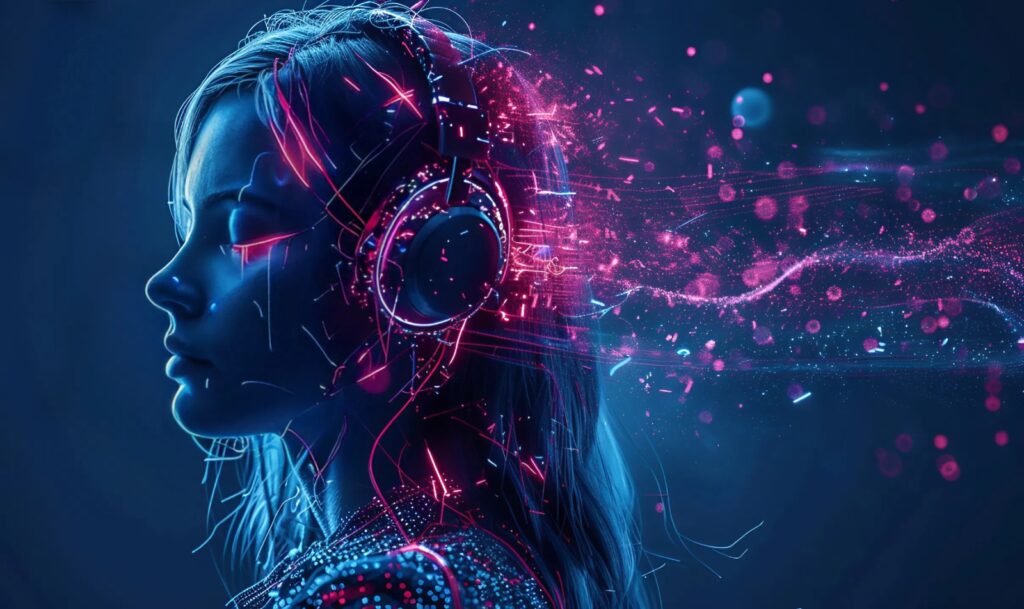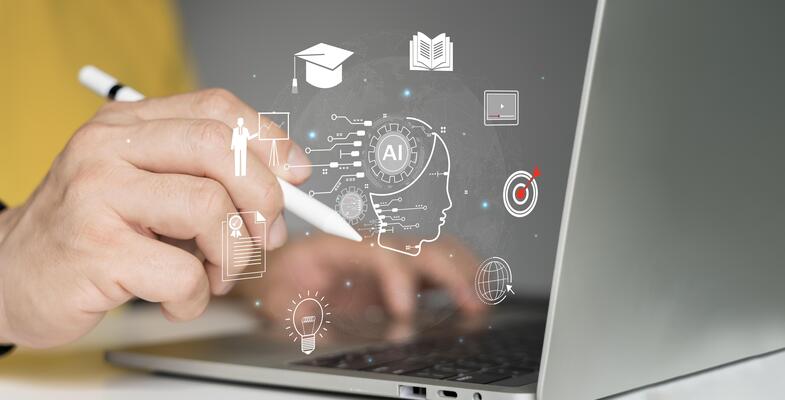How ChatGPT-4 is Pioneering the Next Wave of Personalized Education
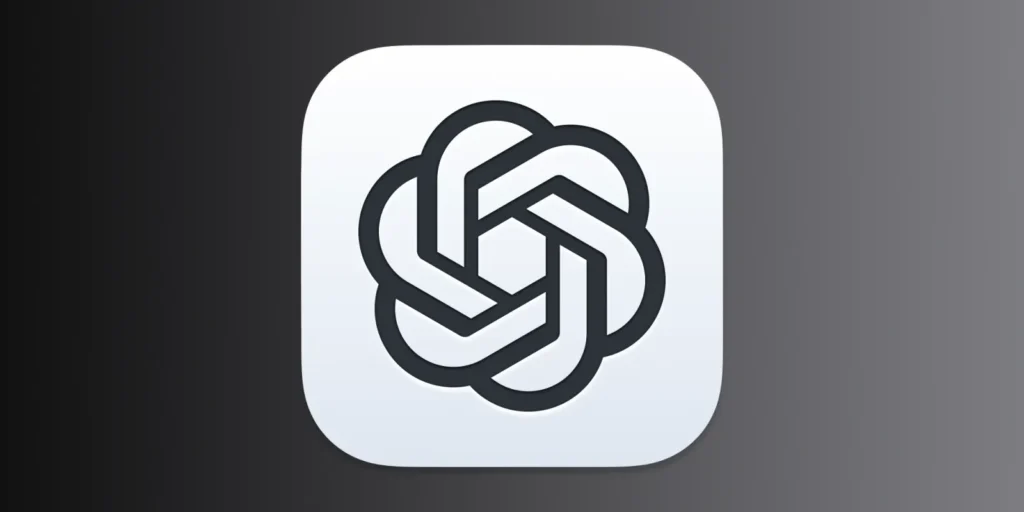
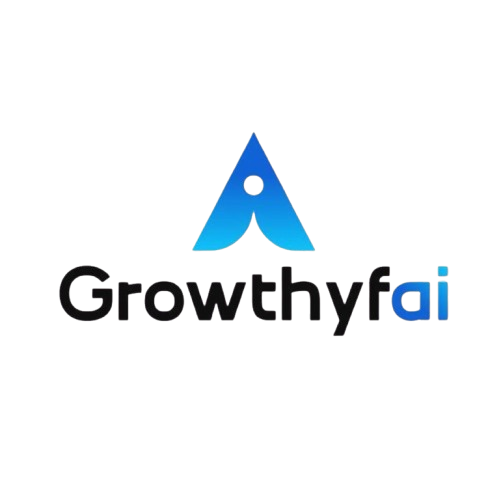
Introduction
In the realm of education, personalization has long been the holy grail. Educators and students alike recognize that a one-size-fits-all approach often falls short in accommodating diverse learning styles, paces, and interests. Enter ChatGPT-4, the latest innovation from OpenAI, which is revolutionizing personalized learning. By understanding individual needs and adapting in real-time, ChatGPT-4 is positioned to transform educational landscapes globally.
The Rise of AI in Education
Artificial intelligence’s role in education is nothing new. Over the past decade, various AI-driven tools have emerged, aiming to enhance learning experiences. However, the real breakthrough has come with systems powered by sophisticated language models like ChatGPT-4. These systems understand context and deliver information tailored to each student’s unique learning curve, making education more dynamic and effective.
What Makes ChatGPT-4 Different?
ChatGPT-4 is more than just an upgrade from its predecessors; it is a reimagining of how AI interacts with human intelligence. Its key differentiation lies in its ability to provide highly personalized learning experiences. Rather than delivering static content, ChatGPT-4 offers customized responses that cater to the individual’s current understanding and needs.
Enhanced Language Comprehension: Unlike earlier versions, ChatGPT-4 understands nuanced questions and provides answers that consider the student’s background, recent learning activities, and preferred learning style.
Real-time Adaptation: As students engage with ChatGPT-4, it continuously adapts to their progress, challenges, and learning preferences, ensuring that the content remains relevant and supportive.
Emotionally Intelligent Interactions: The model recognizes emotional cues and adapts its responses to maintain engagement and motivation, offering encouragement or empathy as needed.
Personalized Learning at Its Best
The power of ChatGPT-4 in education lies in its personalization capabilities. Here’s how this manifests in practical learning scenarios:
Adaptive Learning Paths: By assessing individual performance and response patterns, ChatGPT-4 creates adaptive learning paths tailored to each student, addressing their specific strengths and limitations.
Tailored Feedback and Assessment: Automated feedback is no longer generic. ChatGPT-4 provides detailed insights into a student’s performance, helping them understand mistakes and suggesting targeted improvements.
Interactive and Engaging Learning Experiences: ChatGPT-4 facilitates interactive learning by engaging students in discussions, quizzes, and exercises that match their interests and learning levels.
For example, a student struggling with algebra can engage with ChatGPT-4 to receive step-by-step guidance on solving equations, while another who excels in literature might explore complex literary analyses or creative writing prompts tailored to challenge and refine their skills.
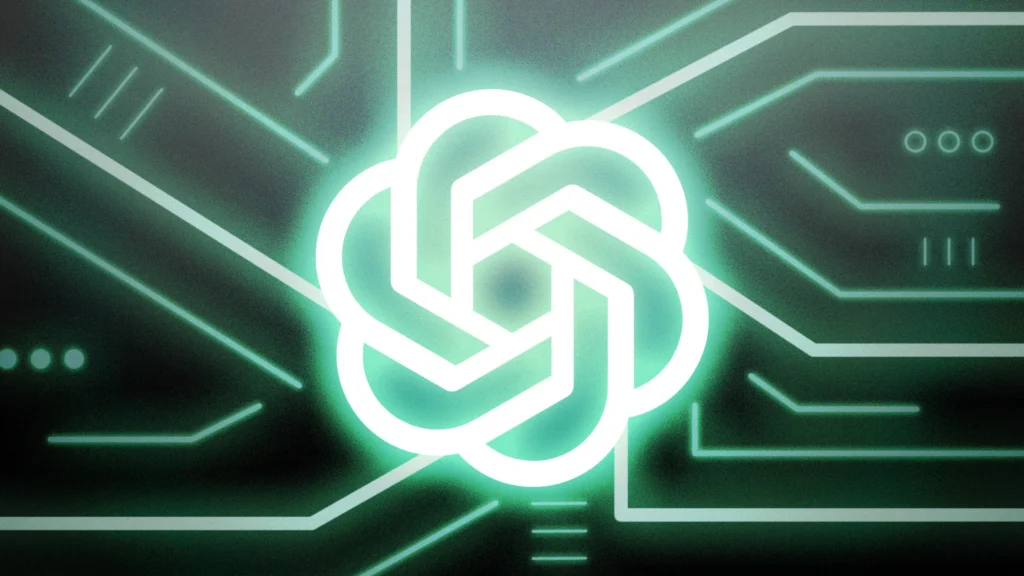
Real-World Applications in the Classroom
ChatGPT-4 is being integrated into classrooms worldwide, bringing tangible benefits to teachers and students:
Flipped Classrooms: In a flipped classroom model, ChatGPT-4 can assist students in pre-class learning, allowing them to explore and understand concepts at home before discussing them in class, leading to more in-depth discussions and explorations during class time.
Supporting Diverse Learners: Students with learning disabilities or those who are non-native language speakers benefit significantly from personalized support, enabling them to learn at their own pace and overcome challenges more effectively.
Teacher’s Aide: ChatGPT-4 provides invaluable support to teachers by handling routine administrative tasks, such as grading assignments or answering common student queries, freeing educators to focus on more critical instructional duties.
Challenges and Considerations
While ChatGPT-4 offers profound benefits, it is crucial to approach its integration thoughtfully. Issues such as data privacy, the digital divide, and the need for human oversight remain significant challenges.
Data Privacy: Ensuring that students’ data is securely used and stored is paramount. Education institutions must work closely with AI providers to establish clear data protection protocols.
Bridging the Digital Divide: Access to technology remains a hurdle in many regions. Ensuring equitable access to devices and internet connectivity is essential to democratize the benefits of AI-driven education.
Human Oversight: While AI offers substantial support, educators are irreplaceable. Teachers must remain central to the learning process, providing the emotional and social learning experiences that AI cannot.
Conclusion
The introduction of ChatGPT-4 marks a significant milestone in the evolution of personalized education. By delivering tailored learning experiences, supporting diverse learners, and assisting educators, ChatGPT-4 promises to empower the next generation of students to achieve their full potential. As educators embrace this cutting-edge technology, the landscape of learning is set to become more inclusive, effective, and personalized than ever before. As with all technological advancements, the key to successful integration lies in balancing innovation with thoughtful implementation, ensuring that every student benefits from this pioneering educational wave.

